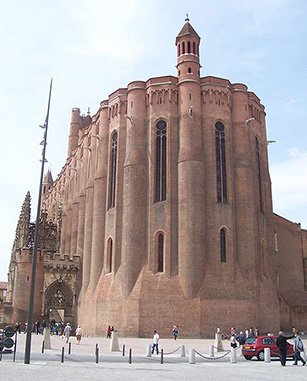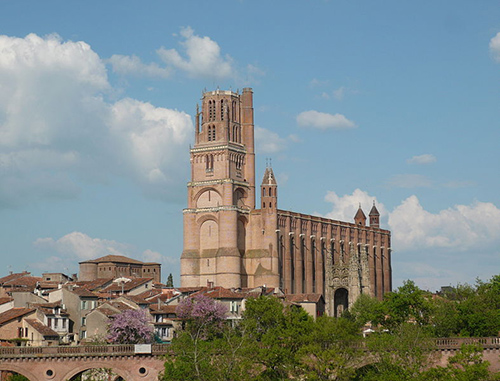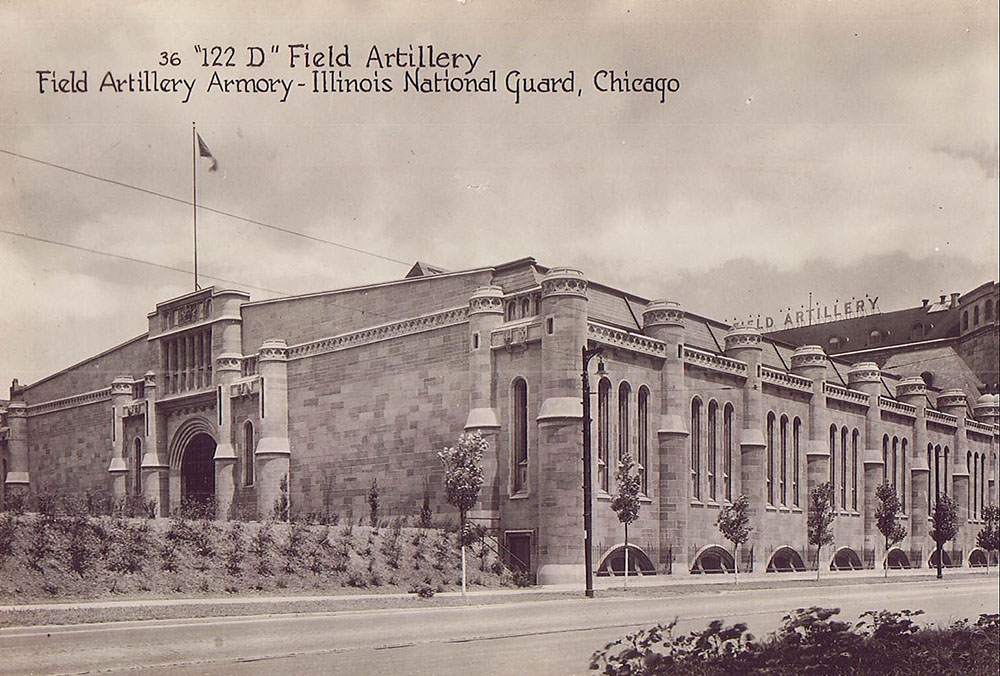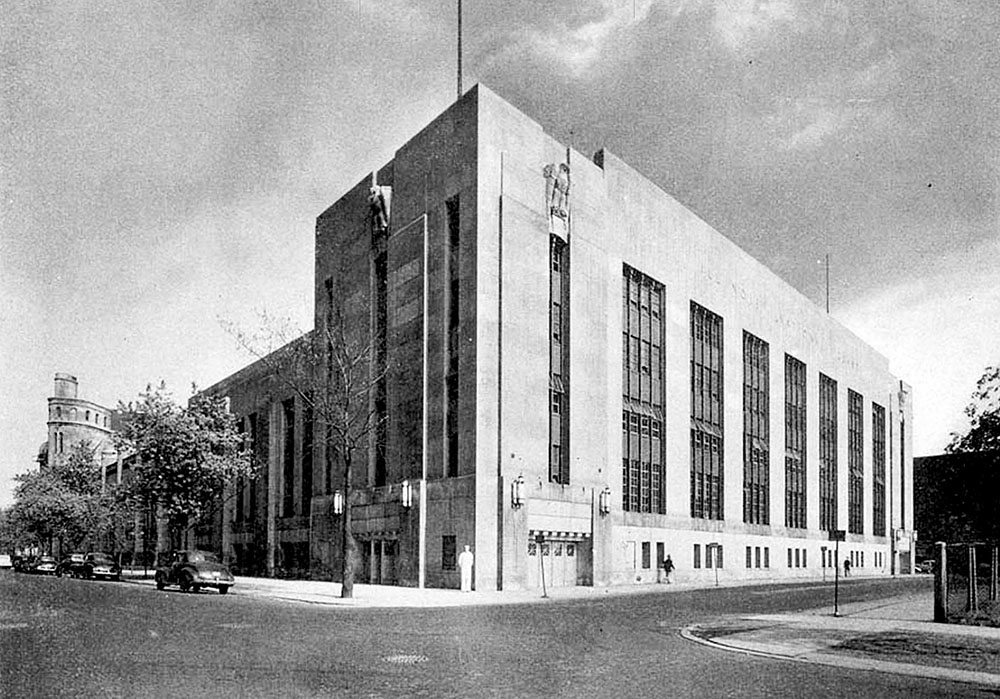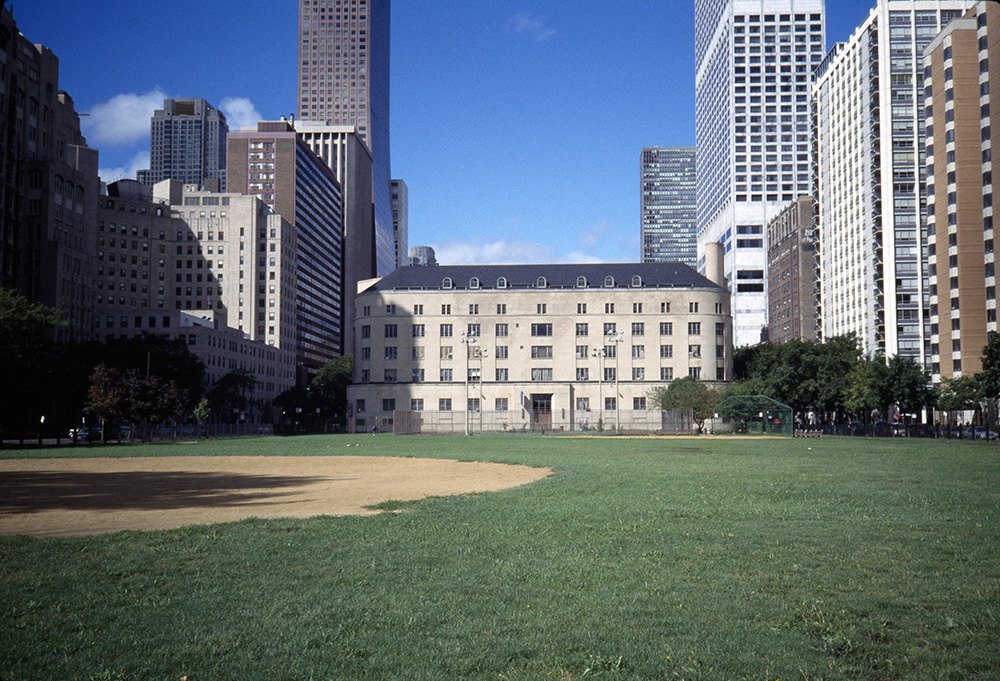Chicago Daily Tribune, May 14, 1919
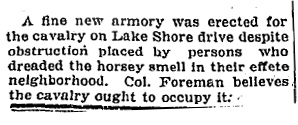
Chicago Daily Tribune, March 27, 1928 (letter to the Editor)
THE ARMORY AS RIDING CLUB.
Perhaps some of your readers can tell me why the government is justified in spending large sums of money to provide a free riding club for a few hundred men.
The 122d field artillery, located at Chicago avenue and the lake, is one of the most wasteful ways imaginable of training a few hundred men for war. The land on which the armory is located is worth $2,000,000. The upkeep of the armory is enormous, and all of this goes simply to provide riding facilities for a small number of men.
I am no pacifist, but on the contrary, advocate adequate national defense, and I believe that the money which is lavished on this regiment by the government would be enough to keep an entire division in training.
I live in the neighborhood of the armory and having been prompted by curiosity to visit it, I have obtained quite a bit of information regarding the regiment.
The regiment has in the neighborhood of 600 members. Only four nights of the week are devoted to military training, and only for two hours. On Wednesday half of the evening is devoted to polo and the other half to social riding, on the government’s horse.
On mornings and afternoons, including Saturday and Sunday, the horses and armory are used exclusively for pleasure. This gives a total of eight hours a week devoted to military training, in a plant which members of the regiment claim is worth $5,000,000!
On Saturdays and Sundays the bridle paths of Lincoln park are packed with men from this regiment riding the horses maintained by the government for military purposes.
What price, preparedness, o what price?
NINETY-NINE PER CENT.
Chicago Daily Tribune, March 30, 1928 (letter to the Editor)
THE USES OF AN ARMORY.
Your correspondent, “Ninety-nine Per Cent,” unwittingly pays verbal tribute to the facilities and advantages of the 122d Field Artillery. “Free riding club . . . polo . . . military training . . . social riding . . . in a plan worth $5,000,000!” almost as compelling as the invitation to “join the navy and see the world.” However ridiculous, his charge of “waste – to provide a riding club for a few hundred men” should not stand unchallenged.
The 122d Field Artillery armory is the home and “training plant” of the 58th Field Artillery Brigade Headquarters, Brigade Headquarters Battery, and the 122d Field Artillery, consisting of regimental headquarters and headquarters battery, two battalion headquarters and combat trains, six gun batteries, a supply batter, and medical department detachment. All organizations are recruited to the maximum permissible peace strength and have a waiting list. This is the larges aggregate of horsed field artillery in any national guard armory in the United States.
Through its reserve list and affiliated veteran bodies, the 122d Field Artillery could instantly be expanded to war strength, fully officered, manned, and equipped. This is not theory, for it furnished a regiment and a half of trained manpower upon mobilization for war in 1917 in addition to several hundred officers supplied to other organizations.
The training facilities provided by federal and state governments are fully justified by the organization’s forty years of loyal duty, its Spanish war service, its Mexican border service, its several state services, its overseas battle record, and present high state of training efficiency.
Maintenance is provided by definite federal and state allowances. These are administered with all possible economy and have at times, proven inadequate. Therefore, many of the conveniences of the armory, including the purchase of many of the horses and their care, are provided from funds contributed by the officers of the organization and the Chicago National Guard commission.
As to the amount of time devoted to training, National Guard regulations require that every member of the National Guard devote one evening each week to drill and fifteen days each year to field training. However, all officers, non-commissioned officers and many specialists, are required to attend schools in addition to the weekly drills, to which they voluntarily devote another evening. The actual number of hours devoted each week to training is far in excess of what regulations require.
The free use of the riding horses for park riding and polo is enthusiastically encouraged as an aid to horsemanship for military purposes and as a means of healthful recreation for its members. The value of riding and other athletic recreational facilities offered by the regiment is so fully established that new facilities are being constantly added. We try to make a man’s armory his club. As a mounted organization, it is our ambition to make every member a horse enthusiast.
The National Guard holds a most important status in the national defense structure. It is our best immediate asset to meet national emergency. Proper facilities have important influence on the quality of men attracted to the service and the organization’s sustained efficiency and morale,
FRANK R. SCHWENGEL,
Brigadier General, Commanding 58th Field Artillery Brigade.
Chicago Daily Tribune, April 18, 1935
NATIONAL GUARD BODY SEEKS 80 MILLIONS FOR NEW ARMORIES
A plan for the spending of $80,000,000 of the four billion dollar work relief fund on National Guard armories was presented to a joint military affairs committee in congress today by the National Guard Association of the United States.
Roy D. Keehn, major general of the Illinois National Guard and president of the association, expressed the hope that $4,500,000 would be spent in the construction of 24-26 armories in Illinois. Keehn said the Chicago city council had already authorized the corporation counsel to transfer to the state land in “Streeterville” for the extension of the 122d field artillery armory.
Chicago Daily Tribune, October 24, 1935
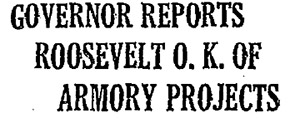
(Excerpt) Gov. Horner announced yesterday that President Roosevelt
has approved the building of 27 national guard armories in Illinois with funds of the federal Works Progress administration.
The Chicago projects include $364,298 for an addition to the 122d Field Artillery armory at 234 East Chicago Avenue.
Chicago Daily Tribune, November 8, 1935
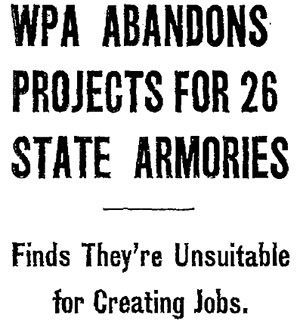
(Excerpt) Restrictions and uncertainties in the operation of the federal Works Progress administration have resulted in the elimination fo 26 armory projects throughout the state..
Ralph H. Burke, deputy administrator, said that due to the uncertain tenure of the WPA program it was a policy not to start projects which would take a long time to complete and which must be completed to be useful. The armories fell in this class, he explained.
Chicago Daily Tribune, December 23, 1937
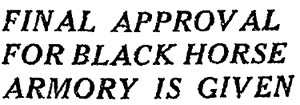
(Excerpt) The armory, for which land valued at $500,000 was donated last month by the city council, will adjoin the 122d field artillery armory, 234 East Chicago avenue. It will be as large as any in the state, and will be used by the Black Horse Troop and the 122d regiment, as well as for civic and athletic events. It is believed the building will be finished by next fall.
January 24, 1938
NEW CHICAGO ARMORY
(Excerpts) The Chicago armory projects approved by PWA yesterday and Wednesday are part of a nation-wide program to house units of the National Guard in modern buildings.
... Last of the grants for National Guard purposes was $199,936 for an addition of 119 feet by 220 feet to the 122d Field Artillery armory at Chicago avenue and Fairbanks court.
Chicago Daily Tribune, September 9, 1938

On February 7, 1940, the Tribune reported that the armory addition was complete:
"The new building consists of the old 122d field artillery armory and a large annex which has been built on the west end. The annex, built as a PWA project, and costing $600,000, was occupied on the first of the year by the 2d squadron of the 106th cavalry consisting of troop E [Black horse troop] and troop F, and the headquarters battery of the 58th field artillery brigade, in addition to the 122d field artillery regiment. The new armory now has an arena 302 feet long by 127 feet wide, with clubrooms for officers and enlisted personnel, kitchens, recreation rooms, a gymnasium, 200 horse stalls, and a pistol and machine gun range."
|
|
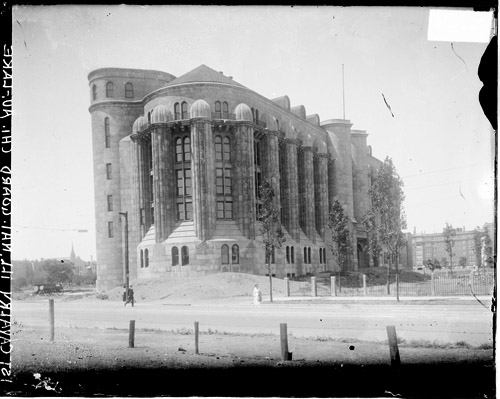
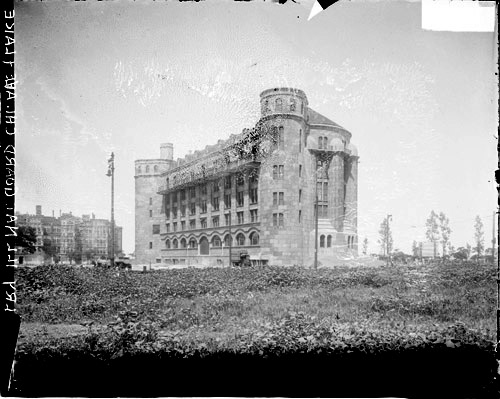
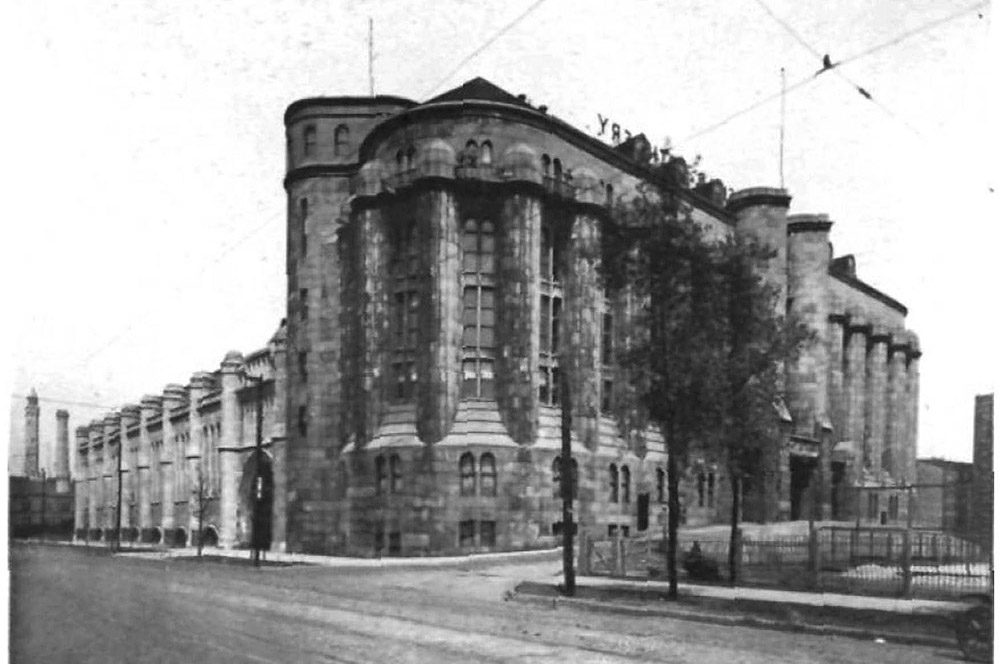
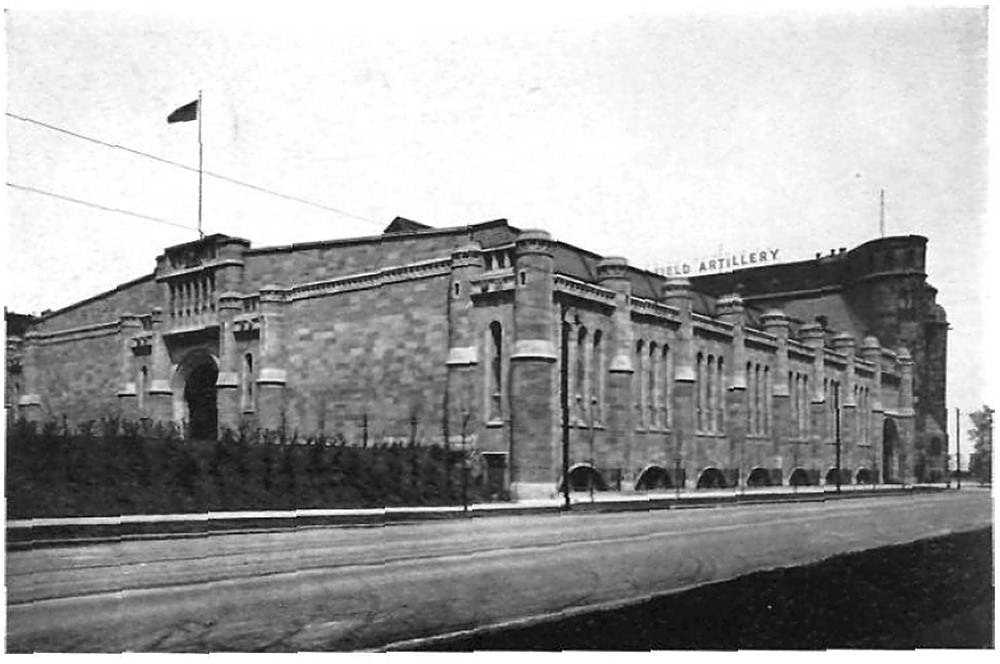 Courtesy of the Field Artillery Journal, Jan-Feb 1926
Courtesy of the Field Artillery Journal, Jan-Feb 1926